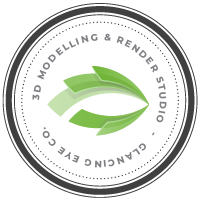Thanks to Virtual Reality you can recreate a virtual work environment from a real one to study it in a way never seen before
In the fourth industrial revolution (industry 4.0), technology is at the service of companies to perfect their processes along the entire value chain. In this sense, Augmented Reality and Virtual Reality in Industry 4.0 are two specialties that are completely changing the programming of training and experimental activities.
Some of its most popular applications within the context of Industry 4.0 are:
- Operational practices and training for operators.
- Maintenance and control of plans.
- Design optimization.
- Assistance and resolution of incidents.
Augmented or virtual work environments
These are two techniques that increase the user’s visualization ability. However, we can find notable differences between them. With Virtual Reality, the entire work environment is fully built in 3D with photorealistic precision. On the contrary, with Augmented Reality, real environments are used and a layer of digital information is included. In this way, the digital information can be visible through the appropriate devices.
Therefore, the main differences are focused on the characteristics of the display devices used and how we see the environment with which we interact.
The use of Virtual Reality in Industry 4.0
Thanks to Virtual Reality you can recreate a virtual work environment from a real one to study it in a way never seen before. When we use a Virtual Reality device and interact with a virtual space, we access a totally immersive experience that gives us the ability to run simulations as if we were in a real context.
This technology is applied, for example, to simulate dangerous operational moves, emergency training exercises and the location of evacuation routes, or to produce virtual visits to infrastructures.
The reason for its success in this kind of training program is that it provides much more effective intellectual learning than by teaching traditional courses based on written, audio and video teaching media.
In addition, Virtual Reality in Industry 4.0 provides flexibility when planning processes. It has become an essential support tool to create prototypes and optimize products, as well as for all tasks related to quality control.
